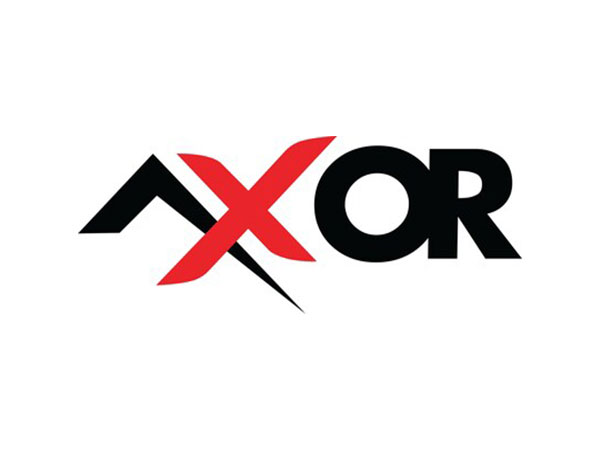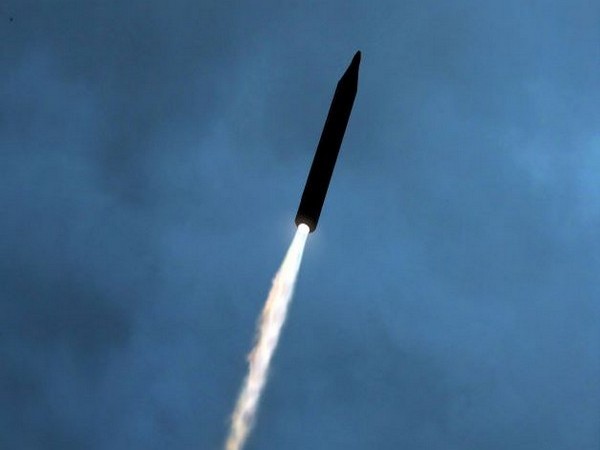Oman's public revenues estimated at OMR11.65 billion
Dec 21, 2022
Muscat [Oman], December 21: The Ministry of Finance has revealed that initial total public revenues for State Budget 2023 are estimated to be about OMR11.65 billion, up by 10 per cent over the approved budget of the year 2022. The rise was due to an expected increase in the average rate of oil production to 1.175 million barrels per day, averaging $55 per barrel.
During the first media meeting on the budget, the Finance Ministry said that total public spending was estimated at OMR12.95 billion, up by 7 percent over the approved spending in the 2022 budget.
It is estimated that Budget 2023 will have a deficit of OMR1.3 billion, constituting 11 percent of total revenues and 3 percent of the gross domestic product (GDP).
Sultan Salim Al Habsi, Minister of Finance said that global economic and geopolitical developments were taken into consideration when drafting the general state Budget 2023.
He pointed out that Oman utilised the gains from excess in oil prices to cut down the public debt. As a result, the public debt was slashed from 70 percent in 2020 to 43 percent in 2022, he explained.
The government will begin implementing a programme of fiscal sustainability and the development of the financial sector through the creation of initiatives and projects, Al Habsi affirmed.
He added that these initiatives and programmes will be conducted jointly with the Central Bank of Oman (CBO) and the Capital Market Authority (CMA) to bolster the role of the banking sector in funding and investment-which will serve the goals of the National Programme for Achieving Fiscal Balance.
The minister pointed out that Oman managed to keep inflation within safe boundaries not exceeding 3 percent, thanks to a raft of policies designed to stem the impacts of the phenomenon.
He said that total subsidy in 2022 stood at OMR1.6 billion and that the income tax will not be applied in 2023.
Al Habsi said that the Ministry of Finance is embarking on restructuring Oman Development Bank (ODB) so that it could play a greater role in terms of volume of funding rendered to private sector companies and small and medium enterprises (SMEs).
Abdullah Salim Al Harthy, Undersecretary of the Ministry of Finance expected that the average oil price, according to estimates of the state's general budget, would stand at $94 at the end of 2022, bringing revenues to OMR14.234 billion and spending to OMR13.088 billion and thereby posting a financial surplus of OMR1.146 billion.
Dr. Nasser Rashid Al Ma'awali, Undersecretary of the Ministry of Economy, said that the total development expenditures, since the beginning of the 10th Five Year Plan (2021-2025) till the end of November 2022, stood at OMR2.029 billion.
Al Ma'awli pointed out that estimates of development budget 2023 to stand at OMR5.8 billion, of which OMR5.3 billion for projects under execution and OMR500 million for new projects.
Qais Mohammed Al Yousef, Minister of Commerce, Industry and Investment Promotion, affirmed that Oman provides lucrative environment for the growth of businesses and investments. Thirty-five regulations were issued between 2020 and 2022 for the improvement of the business climate, he said.
Al Yousef pointed out that the Ministry of Commerce, Industry and Investment Promotion received more than 596,000 applications via Invest Easy portal, since the launch of the service in April 2021. This is in addition to 765,324 licences that were issued automatically.
In the same context, Abdul Salam Mohammed Al Murshidi, Chairman of Oman Investment Authority (OIA), said that the Authority intends to spend OMR1.9 billion on investment projects during the year 2023. These include the expansion and consolidation of existing projects and the completion of projects under implementation, as well as the endorsement of the start of new projects, he added.
Al Murshidi explained that funding for "investment spending" on these projects will be undertaken through partnership with the local and foreign private sectors, along with contributions from the OIA or its subsidiaries or from financing institutions with taking into considerations cutting down the total debts of the companies during the next five years.
Al Murshidi said that the number of new and expansion projects slated for investment in 2023 will stand at 65, among them 19 investments in logistics, 5 in energy, 12 in communications and information technology, 5 in mining, 12 investments in services and 12 investments in food and fisheries.
Al Murshidi underscored the need to proceed with the Exit Plan announced by the OIA in 2022. The plan envisages exit from 8 investments in 2023, to be distributed as follows: 3 in the energy sector, 3 in the aviation, industry and tourism sectors, and 2 in the communications and information technology sector-thus generating returns exceeding OMR500 million.
The meeting was attended by ministers, undersecretaries and officials from public and private sectors.
Source: Times of Oman








